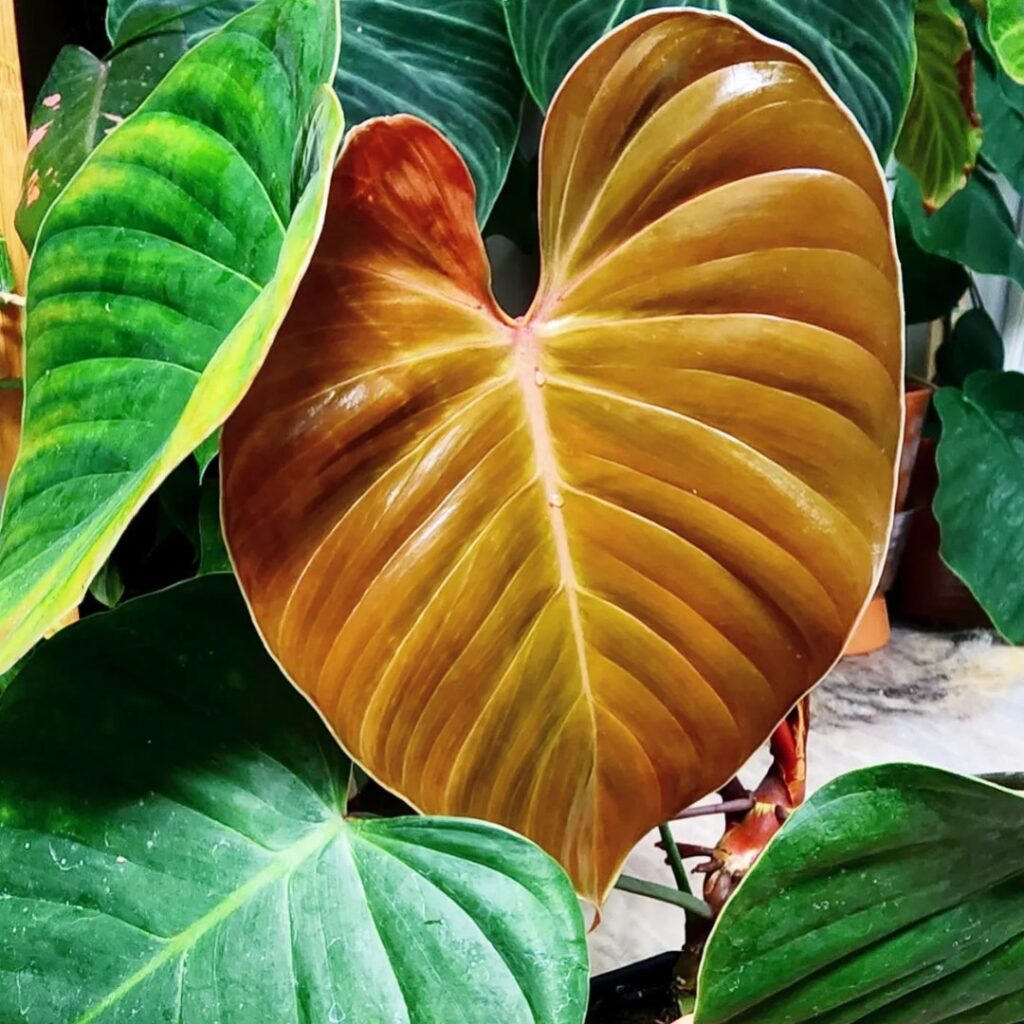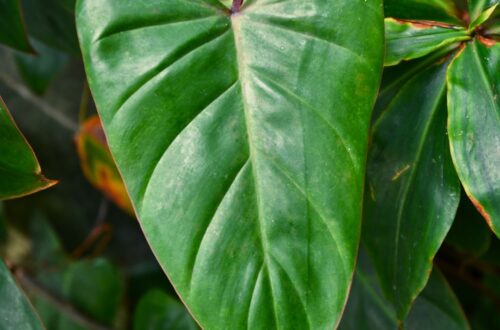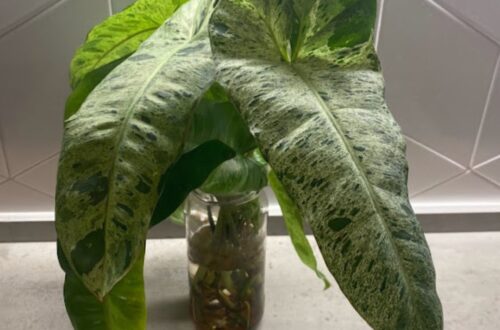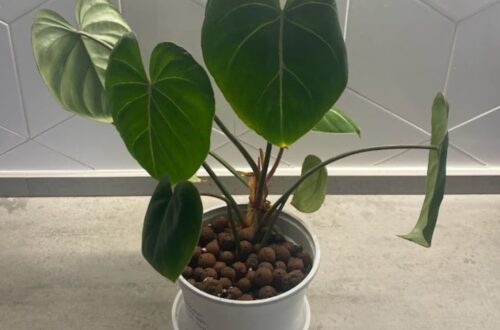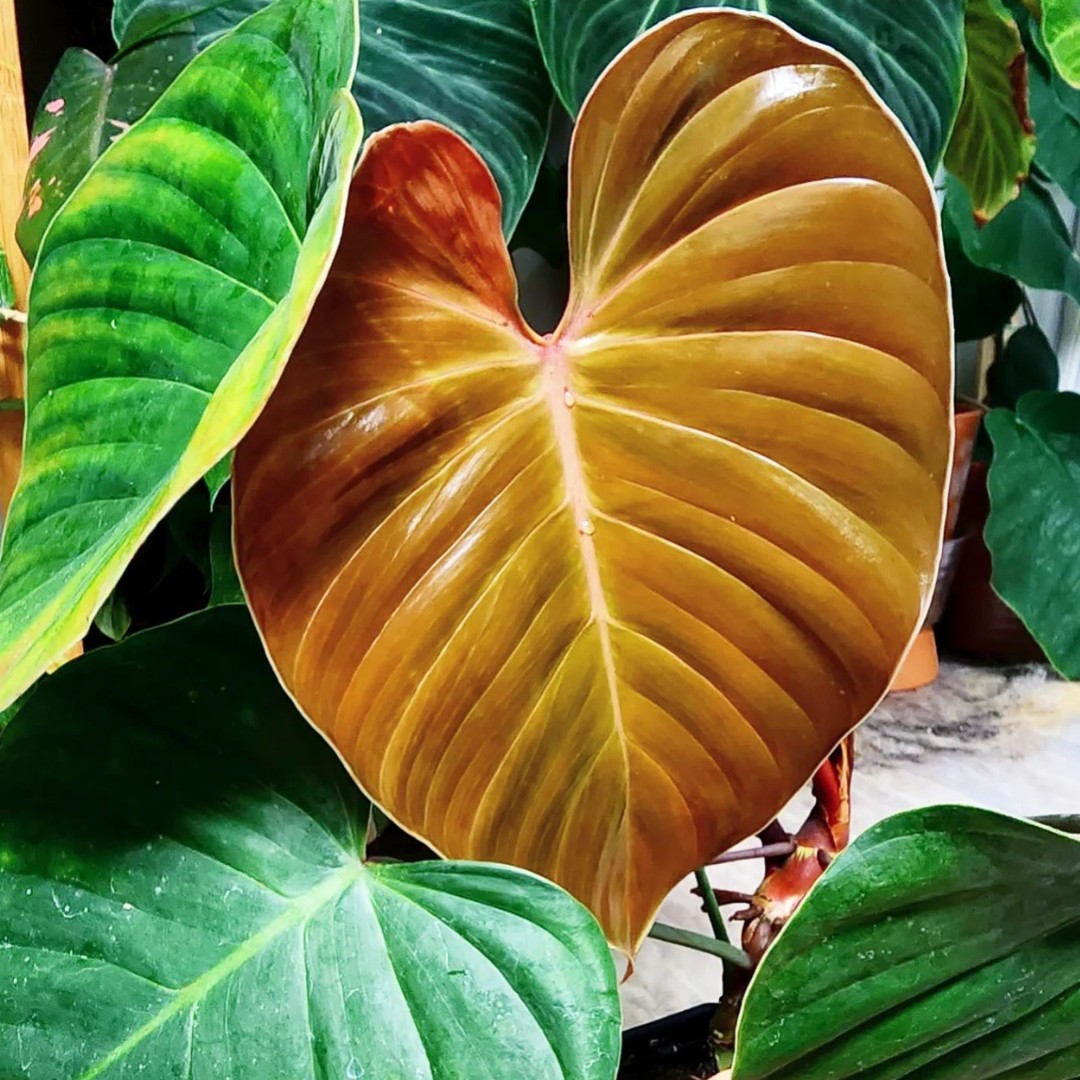
Philodendron Lynamii
Welcome to our guide to the Philodendron Lynamii, covering care and propagation, including water, soil, humidity and temperature needs. The key is to not over water them and keep them humid.
Philodendron Lynamii Care Summary
| Light needs: | Medium to bright indirect sunlight. |
| Watering needs: | Check the soil weekly, only water if top half of soil already dry. |
| Fertilizer: | Every 2 weeks in summer with well diluted balanced plant feed. |
| Soil: | A mix of orchid bark, potting compost and perlite. |
| Humidity: | 60% or more. |
| Temperature: | 18-27°C (64-81°F). |
| Where to buy: | Try our list of Rare Plant Shops or Etsy. |
| Common issues: | Root from overwatering. |
Introduction
The Philodendron Lynamii has big, oversized, impressive glossy leaves and a pink hue to the underside.
See also: Philodendron Soil, Philodendron Atabapoense Care, Philodendron Gigas Care, Philodendron Pastazanum Care, Philodendron Plowmanii Care.
Tip: we recommend Etsy for buying plants. Look for the best rated seller you can, and try to buy as close to your home as possible so the plant does not travel too far.
A note about affiliate links: when you buy a plant, pots, soil, or other goods through links on this article we sometimes earn a commission. It doesn’t cost you anything, but it really helps us out if you do use them. Thanks a lot! An example of this is if you buy a plant on Etsy using this link. Read our privacy policy for more information. Thanks again.
Light Needs
They will do best in medium to bright indirect sunlight, no direct sun at all though. I would keep them in an west facing window, or a south facing one but off to the side out of direct sun.
How Often To Water Philodendron Lynamii
You should let them mostly dry out before you want them again, so check the soil weekly but only water it if the top half of the soil already dry.
Tip: underwater this plant rather than overwater it, they must not sit in soggy soil as they get root rot easily. Check the soil and only water if mostly dry, and make sure you don’t leave the pot sat in any excess water.
Fertilizer
Feed them every 2 weeks in summer with a well diluted balanced plant feed to encourage growth. Dilute it even more the first few times you water it in the season then gradually make it stronger so you can avoid fertilizer burn.
Philodendron Lynamii Soil
They want a well draining and chunky mix of orchid bark, potting compost and perlite in equal parts. If you’ve not mixed your own soil before it may seem like too much effort, but it is really easy. For more on Philodendron soil see our guide on what to buy or how to make your own: Philodendron Soil.
When to Repot Philodendron Lynamii
Check them each year and repot them if the roots are getting crowded, Easter is a good time to check so you can repot them in time for the growing season and give the roots space to grow.
Humidity
60% or more is ideal, they thrive in a humid environment. They leaves can crisp up or not unfurl well if you don’t give them what they need. Aim for 60% during the day. You can keep them in a humid room, or with other plants as they give off moisture, or use a pebble tray to increase the local humidity.
Tip: Keep them humid, aim for 70% in the day and they’ll be ok with a bit less at night. You can buy a humidity meter (affiliate link) to keep an eye on maximum and minimum levels. I use a few ‘ThermoPro TP50’ which cost just over 10 euros and they really help me to know where position plants and to let me know when the humidity drops.
Temperature
Try to keep them between 18-27°C (64-81°F) in the day time and above 10°C (50°F).
How to Propagate Philodendron Lynamii
Take stem cuttings with one leaf and one node. And root them in water or sphagnum moss. Once rooted you can pot them up into soil after a month or so. I like to use moss for philodendrons like this, and keep the cutting humid by putting it inside a box or bag.
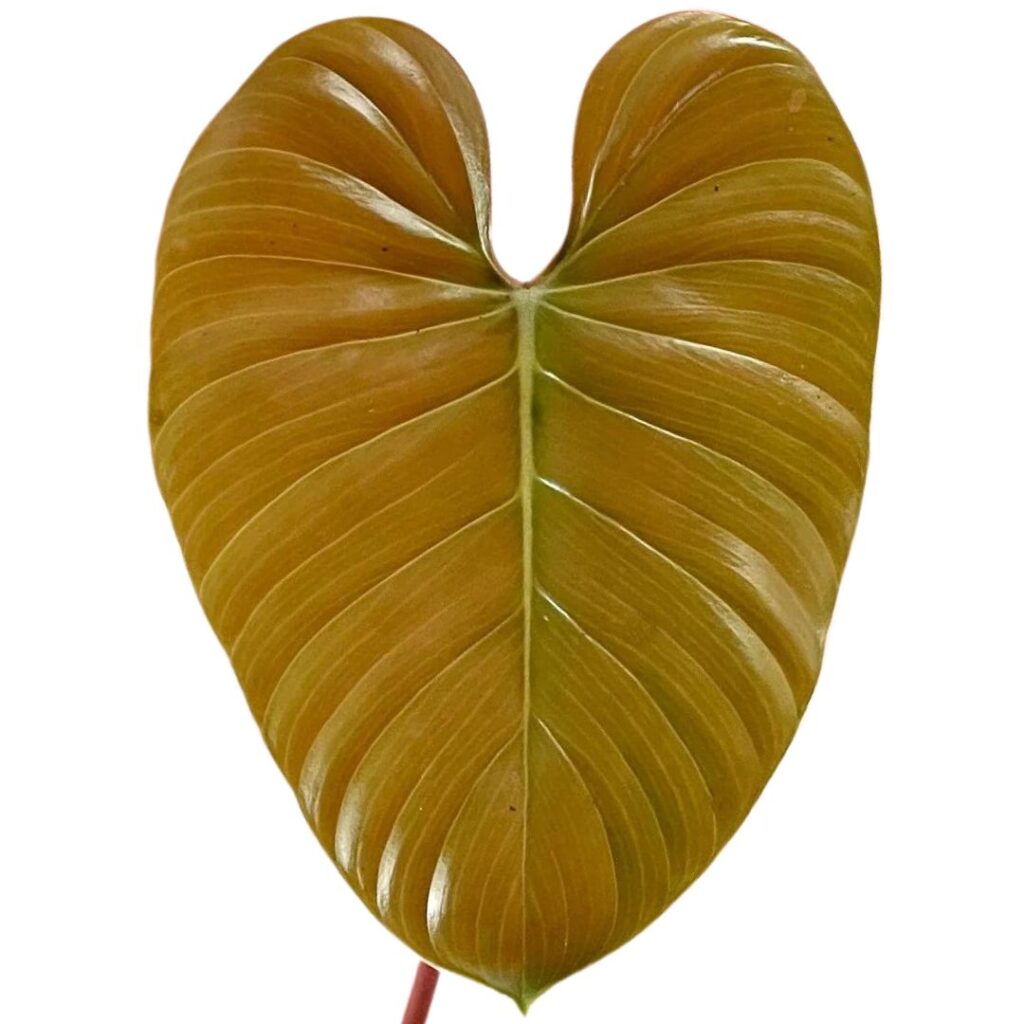
philodendron lynamii vs nangaritense
These philodendrons are very similar, the lynamii has brighter pink on the back of the leaves and a hairy stem and petiole, the nangaritense is not hairy.
For more on this the nangaritense see our guide: Philodendron Nangaritense.
philodendron lynamii USDA Zone
Zones 9-11. My advice is to grow it inside to be honest.
Is It Toxic To Cats?
They can cause vomiting and irritation of the mouth if eaten, so seek vets advice if you think cat has eaten any.
Is It A Climber Or Crawler?
Philodendron Lynamii is a climbing philodendron.
Where To Buy
Try our list of Rare Plant Shops. Or Etsy.
FAQs and Common Problems
Root from overwatering is a common issue but easily avoided by letting the soil dry mostly out. Also keep an eye out for fungal infections like leaf spot, it’s a good idea to check the plant each time you water it.
Additional Resources
Links:
- Buy on Etsy.
Other Articles You Might Like
There you have it, here ends our guide to this beautiful plant. You might also like our other articles:
Philodendron Soil, Philodendron Atabapoense Care, Philodendron Gigas Care, Philodendron Pastazanum Care, Philodendron Plowmanii Care.
Please follow us on Instagram and Pinterest for regular plant updates and occasional plant giveaways.
